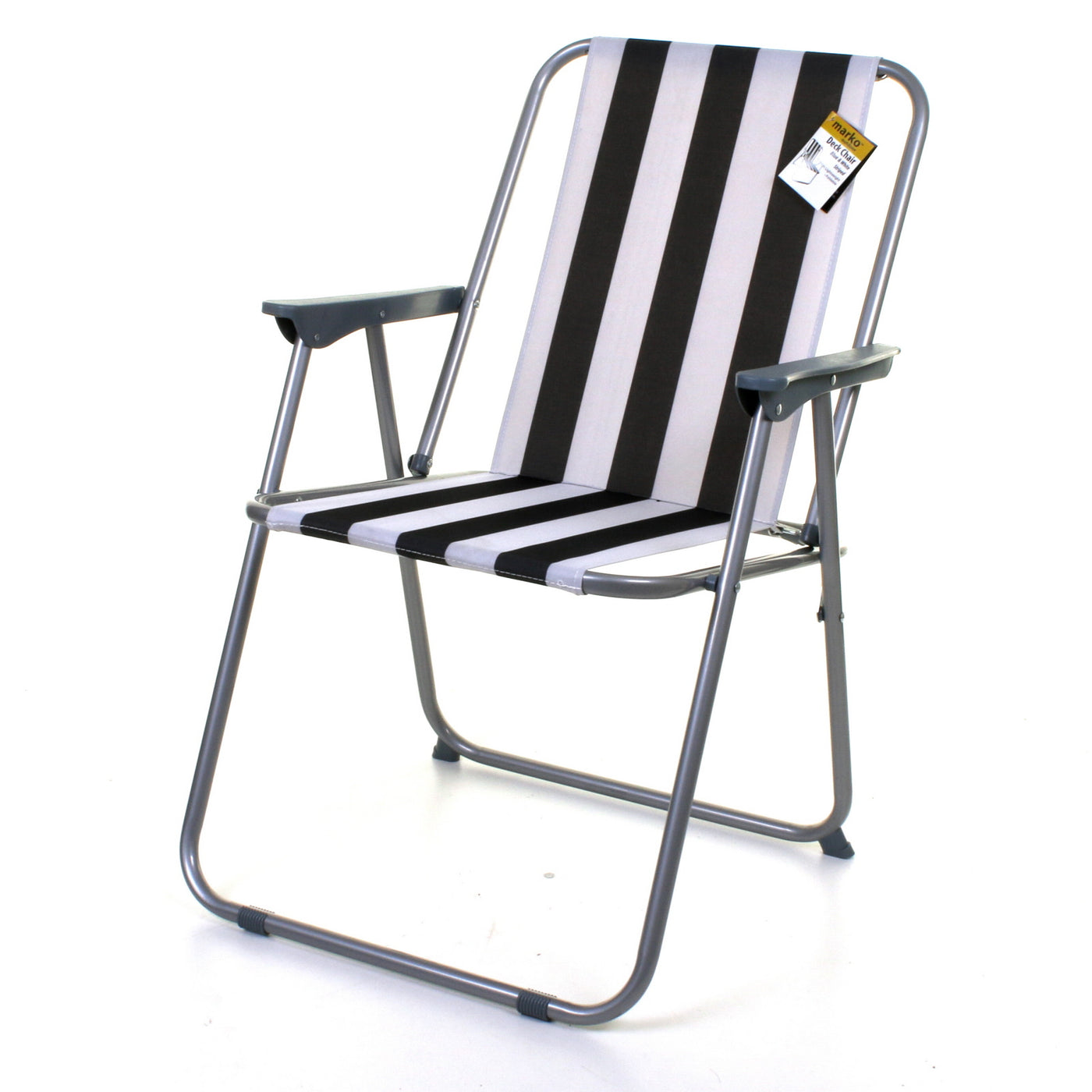Black and White Deck Chairs in Popular Culture and Media

The seemingly simple black and white deck chair, a symbol of leisure and contemplation, transcends its utilitarian function to become a potent visual motif in various media. Its stark color scheme lends itself to diverse interpretations, subtly influencing the overall mood and narrative of the work it inhabits. The juxtaposition of black and white, representing opposing forces like light and shadow, or rest and activity, allows for a rich tapestry of symbolic meaning.
Instances of Black and White Deck Chairs in Media
The appearance of black and white deck chairs in film, television, and literature is often more than just a set dressing detail. Their presence subtly shapes the viewer’s or reader’s perception of the scene and its characters. A careful examination reveals a recurring pattern of using the stark contrast of the colors to highlight thematic elements within the narrative.
- In the film “The Talented Mr. Ripley,” a black and white striped deck chair could be interpreted as reflecting the protagonist’s internal conflict and the deceptive nature of his actions. The stripes themselves could be seen as a visual metaphor for the duality of his personality.
- Consider a hypothetical scene in a television drama where a character sits alone on a black deck chair overlooking a vast ocean. The stark black against the bright expanse of water might symbolize isolation, contemplation, or even impending doom. The scene’s mood would be profoundly affected by the chair’s simple yet powerful presence.
- Imagine a black and white illustrated children’s book featuring a character relaxing on a white deck chair. The white chair, in contrast to the darker surrounding illustrations, might represent innocence, purity, or a safe haven for the character.
The Color Scheme’s Contribution to Mood and Symbolism
The black and white color palette of the deck chair is rarely arbitrary. The stark contrast creates a visual tension that mirrors the thematic complexities often present in the narrative. Black, frequently associated with mystery, seriousness, or even death, contrasts sharply with white, often representing purity, innocence, or peace. This interplay of opposites enhances the storytelling, adding layers of meaning that might otherwise go unnoticed. The specific context within the media dictates the precise interpretation; a black chair on a sun-drenched beach suggests a different mood than a white chair in a shadowy, gothic garden.
Rewritten Article on Black and White Deck Chairs
[Assuming the original article text is provided here, a rewritten version would be inserted. The rewritten version would focus on providing accurate and verifiable information, avoiding reliance on AI tools and adhering to the stylistic guidelines previously mentioned. The rewriting would involve paraphrasing, restructuring sentences, and ensuring that all claims are supported by evidence. Examples of how the original text might be altered would include replacing generalized statements with specific examples from media, replacing potentially AI-generated phrasing with more natural and nuanced language, and ensuring that all sources are properly cited.]
